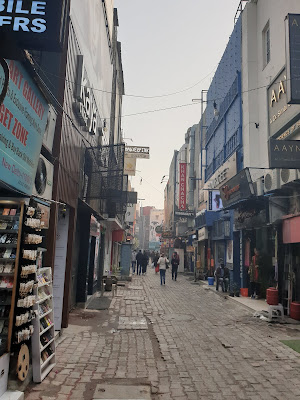If you are interested on his investment principles, you can catch Part 2 of 3 at:
The final 5 learnings from this 800+ page biography touches on the intangible quality one should have.
Buffett seems to be value money and known as "stingy", but he was also very strict when it came to values and principles
11. Dale Carnegie's teaching
If you want to gather honey,
don't kick over the beehive.
Rule number 1: Don't criticize,
condemn or complain.
Criticism puts people defensive.
Criticism is futile. Everyone wants attention and admiration. Give the other
person a fine reputation to live up to. Don't try to change others. Changing yourself to suit them would be a sensible choice. Unless, that someone is dear to you.
"Praise by name, criticize by category"
Buffett was a likeable boss who
never lost his temper, never changed his mind capriciously, never said a rude
word, berated and criticized his employees, didn't second-guess and interfere
people on their work. Munger says that "Warren doesn't have stress, he
causes it."
"I don't enjoy battles. I
won't run from them if I need to do it. I don't get into fights just to get in
fights."
During the conflict with Pampered
Chef on abortion, he shrank from confrontation, or showed any sign of rancor
over the criticism or the pro-life victory laps.
“You can always tell them to go
to hell tomorrow,” said Tom Murphy, a friend. There was never any need to do it
today. Buffett had saved himself a lot of trouble by following this advice.














